From the earliest days of Spanish contact with the Native American peoples of the Americas, there were marriages, relationships, and unions between the two. Unlike some other Europeans who settled in the Americas, the Spanish mixed, lived, and procreated with local populations and other arrivals, such as Black slaves. This resulted in a complex social hierarchy which is sometimes called a “casta” system.
A general overview about the casta system can be found here, while of special interest to New Mexico and Colorado researchers is this detailed reading about colonial New Mexico nuances.
Clues to finding Spanish, Native American, and Black ancestry begins with a close look at the information recorded in church and civil records where racial and ethnic labels were commonly written. Labels and their meanings vary by time and place, but some common ones include:
coyote - half Mestizo/half Native American
español - Spanish
indio - Native American
mestizo - half Spanish/half Native American
mulato - half Spanish/half Black
Researchers should closely scour records for clues to find Native American and Black ancestry. During the Spanish colonial period, some priests kept separate sacramental registers for Native Americans and others for peninsulares (Spaniards born in the Iberian Peninsula), criollos (children of Spaniards born in the Americas), and people with varying degrees of mixed Spanish, Native American, and Black ancestry who were known as mestizos, mulatos, coyotes, lobos, etc.
By the time the emerging republics of Spanish America achieved independence in the 19th century, recording ethnicities had largely fallen out of fashion or was outlawed. In places such as Mexico, “español” was replaced by “mexicano.” But, there are exceptions. For example, some parish registers record Native American ancestry as late as 1890, in New Mexico’s territorial period.
Priests assigned to Native American communities with their own missions may not have always included labels in their records since membership in that community is inferred by living in that place. Some of the oldest records such as these can be found in New Mexico, such as Pueblo de Zía (1694), Pueblo de Senecú in Chihuahua (1772), and Pueblo de Ysleta del Sur in Texas (1792). In church records that were not separated by groups, sometimes a priest would write the ancestry directly in the baptism or marriage record, such as a marriage between a Spaniard and a Native American.
In civil records, sometimes a census taker would record a person’s ethnicity in the census, also called padrón. Census records are also a tool to verify the slave or servant status of a person. In some places, priests kept separate parish registers for slaves or they would record that information in the entry. The wills of slave owners will sometimes list the names of their slaves or servants; keen researchers can use census and church records to match them together. The Spanish word for slave is “escalvo.”
Lastly, there is a special circumstance regarding Native Americans who were incorporated into Hispanic society in what would become the southwestern U.S. and northern Mexico. “Genízaros” were Native Americans captured in raids, battles, or were purchased, and then adopted a Hispanic way of life. This is a term that will be found in records from the Spanish colonial period, especially in New Mexico and northern Mexico.
This series is designed to help customers deepen their research while learning about Hispanic cultural traditions and customs they may encounter in their family history and genealogy records.

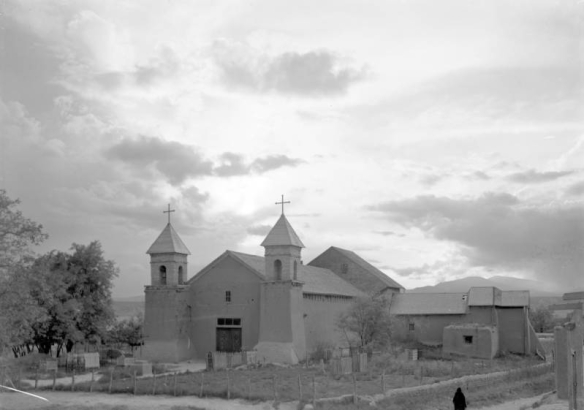
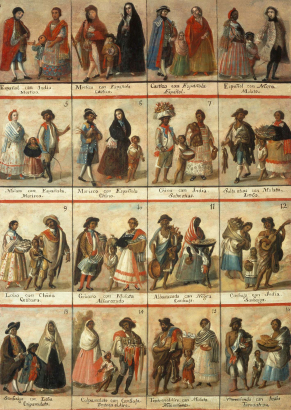
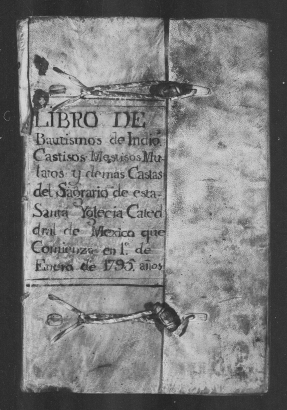
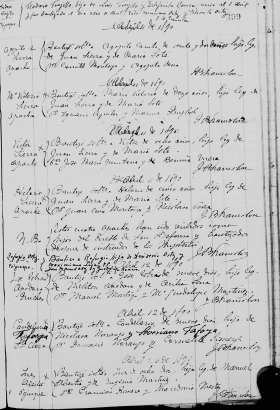
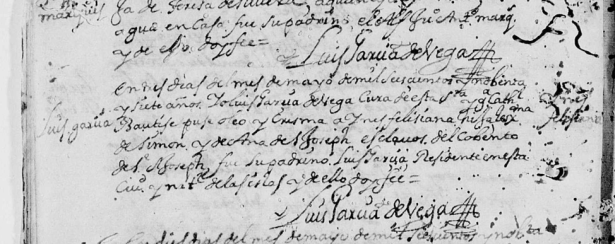
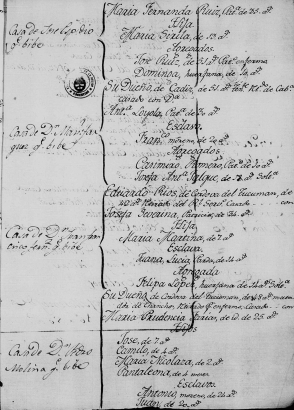
Comments
I believe my great
I believe my great grandmother was a Genízaros (from Mora,,NM) to my great grandfather whom was a Espanol... how can I find out?
My great grandmother was
My great grandmother was genizara from Abiquiu, NM. Do you have Spanish census, baptism, birth/death records for the late 1800's?
Or any Spanish records post pueblo revolt?
Add new comment